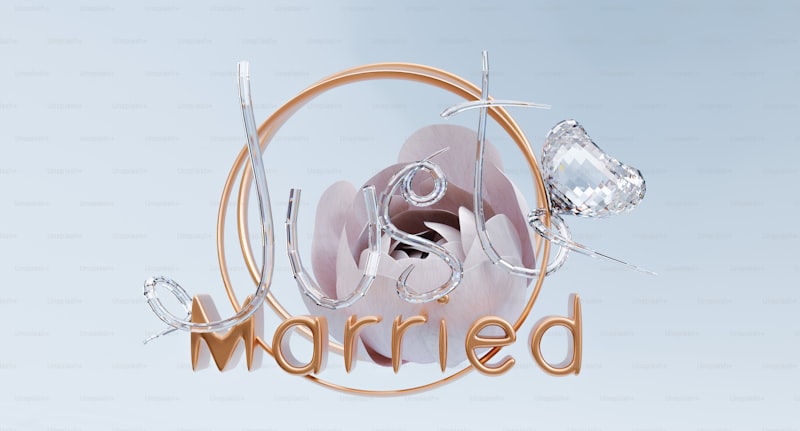Visualizing Your Dream Dress: A Guide to Style, Fabric, and Inspiration
Introduction
Every bride wants to look stunning on her wedding day, and for many, the search for the perfect dress is a journey filled with excitement and creativity. Visualizing your dream dress is not just about imagining the fabric and the cut; it’s about bringing your style, personality, and vision into reality. In this article, we will explore how to effectively visualize your ideal wedding dress, from sketching your ideas to selecting the right materials. We will also discuss common queries brides often have during this process.
The Importance of Visualization
Visualizing your dream dress is crucial for a successful design journey. Visualization helps you to:
- Clarify Your Style: Understanding what you like and dislike will streamline your decision-making process.
- Communicate Effectively: When meeting with designers, a clear visual representation can help articulate your vision.
- Avoid Mistakes: By visualizing, you can anticipate any issues that may arise with your selected design.
Defining Your Vision
The first step in visualizing your dream dress is to define your vision. Here’s how to get started:
1. Gather Inspiration
Start by collecting images that resonate with you. Use platforms like Pinterest, bridal magazines, and social media to gather a variety of styles that appeal to you. Look for:
- Silhouette
- Neckline styles
- Fabric swatches
- Embellishments and details
2. Create a Mood Board
Once you have a collection of images, create a mood board. A mood board is a collage that represents your vision. You can include colors, fabrics, shapes, and any other elements that inspire you.

3. Sketch Your Ideas
If you have artistic skills, try sketching your dream dress design. This doesn’t have to be perfect; it’s simply a way to translate your ideas visually. If you're not comfortable with drawing, use online tools or apps to create digital designs.
Choosing the Right Details
Fabric Selection
The fabric you choose plays a significant role in how your dress will look and feel. Consider the following popular wedding dress fabrics:
| Fabric | Attributes |
| Satin | Luxurious and smooth, perfect for a structured design. |
| Lace | Beautiful and delicate, often used for overlays and details. |
| Tulle | Light and airy, ideal for creating volume. |
| Chiffon | Soft and flowing, perfect for a romantic look. |
When selecting fabric, keep in mind the season, trend, and comfort. For instance, lighter fabrics are ideal for summer weddings, while heavier fabrics might be better suited for autumn or winter.
Neckline and Silhouette
The neckline and silhouette of your wedding dress can greatly impact your overall appearance. Here are some common options to consider:
- Necklines: Strapless, sweetheart, off-the-shoulder, and V-neck are popular choices.
- Silhouettes: A-line, mermaid, ball gown, and sheath are styles that suit different body types.
Seeking Professional Help
Finding a Designer
Once you have a clear vision of your dream dress, it’s time to collaborate with a designer who can bring your ideas to life. Research local bridal salons and designers who specialize in custom gowns. Don’t hesitate to ask questions about their process, experience, and past work.
Bringing Ideas to Life
The collaboration with your designer may involve several fittings where adjustments are made to the dress. Be open to feedback and suggestions from your designer, as they can provide valuable insights based on their experience. This process is crucial for achieving the perfect fit and design.
Common Questions Brides Have
What is the ideal timeline for designing a wedding dress?
An ideal timeline is around 6 to 12 months before the wedding day. This allows ample time for fittings, adjustments, and any unexpected delays.
How much should I budget for a custom dress?
The budget for a custom wedding dress can vary widely depending on the designer and materials used. High-quality fabrics and intricate designs can increase costs significantly. It's best to have a clear budget in mind before starting your design journey.
What should I consider when selecting my wedding dress?
Consider factors such as your wedding theme, personal style, body type, and comfort. Remember, your dress should make you feel beautiful and confident.
Conclusion
Visualizing your dream dress is an exciting and creative process that allows you to express your unique style on one of the most important days of your life. From gathering inspiration to selecting fabrics and collaborating with a designer, each step is essential in making your dream a reality. Remember to communicate effectively with your designer and trust your instincts. In the end, your wedding dress should reflect who you are as an individual. Happy planning!
Note: Make sure to take your time during this journey. Your dream dress is not just a garment; it's a reflection of your love story, so enjoy the process of creating something truly special.